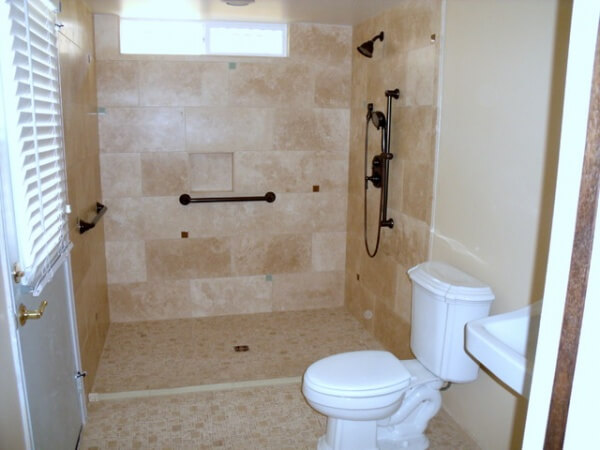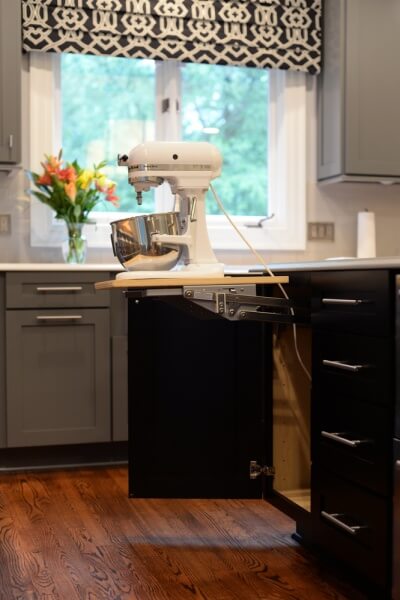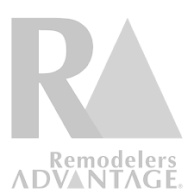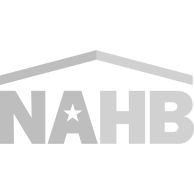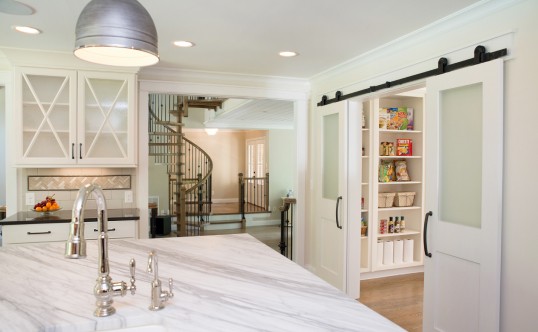Why Universal Design?
When discussing the concept of Universal Design, many homeowners are either unaware or misinformed of the many benefits it has to offer. So what is Universal Design? According to the Center for Universal Remodeling at NC State University, Universal Design is the idea that all residential environments and products should be easily used and accessed by all members of the family, regardless of their age, size, or physical abilities, throughout their lifespan. This can include the Baby Boomer generation looking to “Age in Place”, families with multiple generations living under one roof, and the physically or mental disabled. Before we explore the benefits of Universal Design, let’s first identify the needs of each group as it relates to Universal Design.
Aging in Place- is the belief that today’s older generations (Baby Boomers and The Great Generation) want to remain in their house for as long as possible. Naturally, as people age, they are forced to alter their lives due to health issues. With the rising costs and scarcity of quality health care and assisted living facilities, Universal Design is an increasingly popular alternative. Just because you get older doesn’t mean you have to give up the independence and quality of life you already enjoy in your own home.
Sandwich Generation- is a group of people typically in their mid 40’s to 60’s that can have school aged children and older parents all living under one roof. Think of a grandparent relocating and moving in to be closer to their grandchildren. Not only does your home have to accommodate the needs of small children but also the needs of those “aging in place” mentioned above.
Disabled- is a more self-explanatory group of people who may have physical or mental limitations such as walking, talking, seeing, hearing, or generally caring for oneself. Each and every type of disability presents its own challenge and should be considered when exploring the benefits of Universal Design.
So what are some benefits of Universal Design for these groups of people? First, let’s list the key principles of Universal Design:
1. Equitable Use- Useful to people with diverse abilities
2. Flexibility in Use- Provides choice in method of use
3. Simple and Intuitive Use- Easy to understand regardless of knowledge, experience, or skill level
4. Perceptible Information- Communicates information simply and effectively
5. Tolerance for Error- Minimizes hazards or consequences of misuse
6. Low Physical Effort- Used effectively with minimal effort
7. Size and Space for Approach and Use- Useful for all body types, size, posture, or mobility
And now some examples of Universal Design in action:
1. Wider clearances for doorways and hallways
2. Door levers instead of knobs for people lacking hand strength
3. Barrier free showers
4. Showers with seating and handheld controls
5. Adjustable closet systems and countertops
6. Lower light switches, outlets, countertops, and bath controls
7. Removable cabinetry doors for knee space
8. Cabinetry with rollout and pullout features
9. Audible and visual controls, smart homes
10. Grab bars and ramps
The concept of Universal Design is a fascinating, thoughtful, intelligent form of design, and these are just a handful of the many benefits it can provide. Not only does the accessibility and adaptability of Universal Design improve the lives of those living in the home, it provides value to the home itself for future resale. It can be applied to all types of remodeling, including kitchens, bathrooms, porches, and in-law suite additions. If you’re interested in discussing the benefits that Universal Design might bring to you and your family, then schedule a consultation with one of DiFabion Remodeling’s TWO Universal Design Certified Professionals!
Let’s Talk
Fill out our contact form to request a consultation with our team.
Sidebar
Award-Winning Design Projects
Over the past three decades, we have completed hundreds of home remodeling projects in the Greater Charlotte area and won numerous awards for our innovative designs and commitment to customer satisfaction. See All Projects


